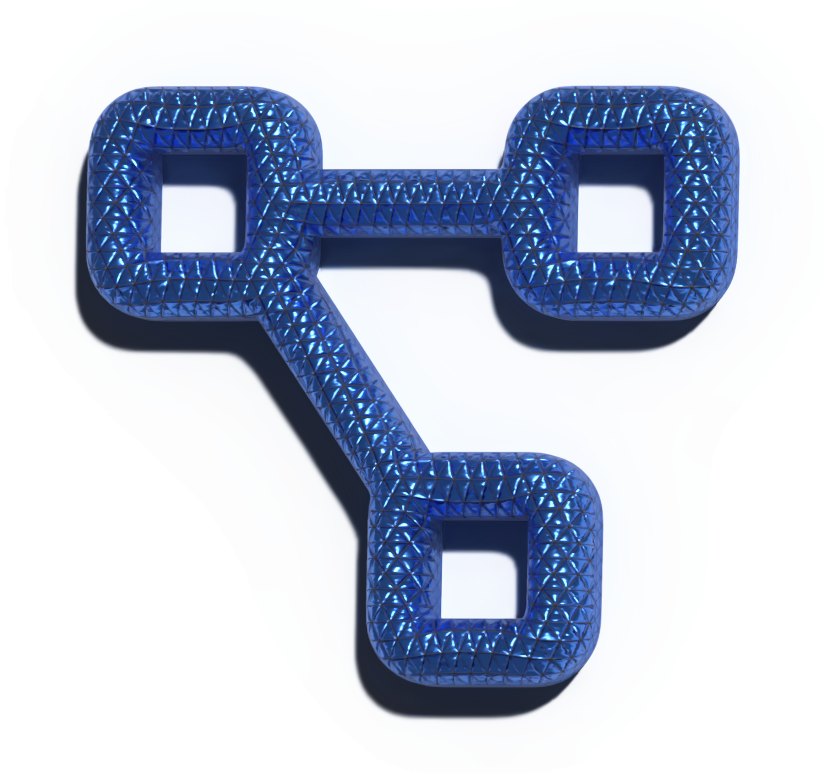Procedures


In an age where technology intertwines intricately with every facet of business operations, understanding and mastering organizational procedures has become more than a necessity—it’s a strategic advantage. As businesses evolve, so do their processes, becoming more complex and intertwined with various aspects of IT systems. This is where Artificial Intelligence (AI) steps in, not just as a tool but as a guide, to decrypt the labyrinth of procedural paths that span across different domains of an organization.
The Role of AI in Demystifying Procedures
AI, with its unparalleled ability to analyze, learn, and optimize, offers an innovative approach to understanding organizational procedures. From the intricate workflows of IT systems to the nuanced processes governing human resources and production, AI stands as a beacon, illuminating the path through the procedural maze. It offers clarity, efficiency, and insight, transforming the way organizations perceive and execute their internal and client-related procedures.
Navigating the Core Areas with AI
- ERP & CRM Insights: At the heart of any organization lie its Enterprise Resource Planning (ERP) and Customer Relationship Management (CRM) systems. These systems are crucial for streamlining operations and enhancing customer interactions. AI aids in dissecting these complex systems, offering insights that lead to improved decision-making, better resource allocation, and a more personalized customer experience.
- Safety & Internal Protocols: In the realm of internal and safety procedures, AI introduces a level of precision and foresight previously unattainable. By analyzing patterns and predicting potential issues, AI ensures that safety protocols are not just followed but optimized, guaranteeing a safer and more compliant workplace.
- Client-Centric Procedures: In today’s customer-driven market, understanding and refining client-related procedures is pivotal. AI enables organizations to analyze customer data, feedback, and interactions, leading to more effective communication strategies, enhanced service delivery, and ultimately, stronger client relationships.
- Specialized IT Systems: Beyond the general IT infrastructure, specialized systems related to HR and production play a critical role in the operational efficiency of an organization. AI’s ability to analyze vast amounts of data and automate routine tasks revolutionizes these areas, leading to more strategic HR practices and streamlined production processes.
The Path Forward
The integration of AI into the procedural fabric of an organization is not just about understanding existing processes; it’s about reimagining them. AI’s capacity to learn and adapt offers organizations a dynamic tool that grows with them, continuously offering insights and solutions that push the boundaries of what’s possible.
In embracing AI, organizations unlock a level of procedural understanding and efficiency that not only optimizes current operations but also paves the way for innovation and growth. The future of organizational procedures is not in maintaining the status quo but in constantly evolving through the insights and capabilities offered by AI.
As we stand on the brink of this procedural renaissance, it’s clear that the organizations willing to partner with AI in their procedural journey are the ones that will lead, innovate, and thrive in the complex business landscape of tomorrow.

